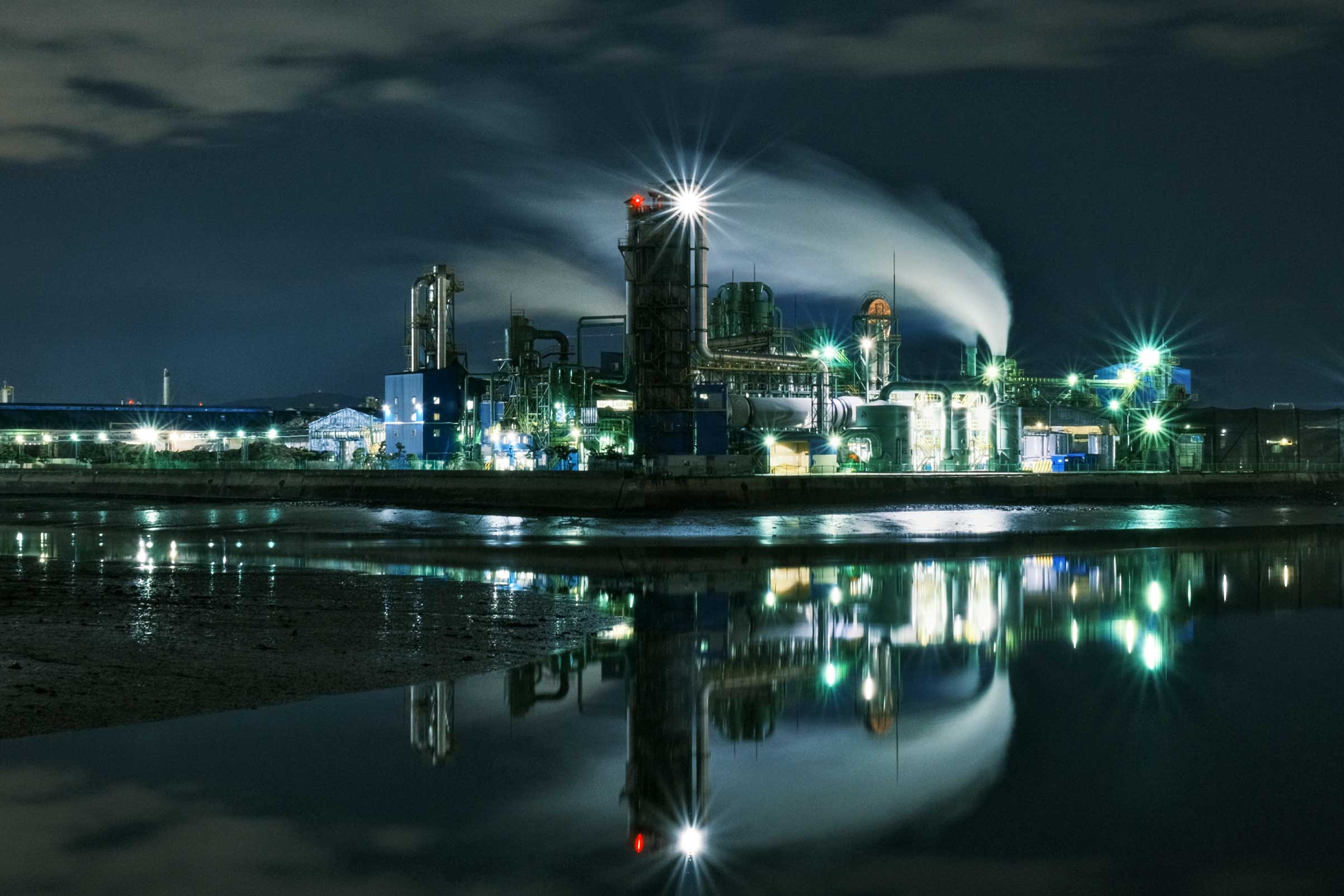CO2 Reforming: How Disruptive Technology is Slashing Methanol’s Natural Gas Use—and Carbon Intensity (Part 2)
This is a follow-up to the post Methanol’s Moment: How New Pathways and Energy Benchmarks Are Redefining a Critical Chemical (Part 1).
Methanol has quietly become a pillar of the energy transition, moving from a behind-the-scenes chemical to a front-runner in the race for lower-carbon fuels and materials. Today, more than 100 million metric tons of methanol flow through the global economy each year, underpinning industries from plastics to power generation. But with most of that methanol made from natural gas, the industry is facing a reckoning over its carbon and energy intensity.
Methanol’s Methane Dependency—and Its Climate Price
For decades, the playbook for methanol production was simple: start with natural gas, reform it into syngas, and synthesize syngas into methanol. The standard steam methane reforming (SMR) pathway set the pace, requiring 31 to 34 million BTUs (MMBTU) of natural gas per ton of methanol produced (higher heating value basis). This has long been considered world-class efficiency – yet every ton of methanol generated also meant there was a significant stream of CO2 being released into the atmosphere.
Just how much? Conventional natural gas-based methanol plants emit roughly 1.0 to 1.4 metric tons of CO2 for every ton of methanol—and that figure can be even higher for older, less efficient facilities (or for coal-based routes which are 3X to 4X higher). Even best-in-class operations, using advanced integration and some carbon capture, typically land between 0.9 and 1.0 t CO2/t MeOH. These numbers factor in both the process chemistry and the energy burned to drive the reaction.
Methanol’s Carbon Intensity
The DOE’s Argonne National Laboratory developed the GREET (Greenhouse gases, Regulated Emissions, and Energy use in Technologies) model, which provides lifecycle analysis tools to estimate the carbon intensity (CI) of various fuels, including methanol. According to GREET, the CI of methanol produced from natural gas typically falls within the range of 93 to 110 grams of CO2 equivalent per megajoule (g CO2e/MJ), depending on factors such as natural gas source, plant efficiency, and process design
CO2 Reforming: New Disruptive Technology that Reduces both Methane Use and Carbon Intensity
HYCO1 is emerging as the global leader in CO2 Utilization Technology, a field recognized as critical to addressing decarbonization and climate change. As a consequence, HYCO1’s CUBE™ CO2 Reforming (CCR) Technology is increasingly recognized as the world’s lowest cost, most flexible, and most robust syngas production process. Instead of relying solely on methane for carbon, HYCO1’s CCR uses captured CO2 to replace methane on a one-for-one basis.
Here’s the impact: Imagine a plant where up to one-third of the carbon monoxide in syngas comes from CO2 rather than 100% coming from methane. The result? Methane demand drops from about 501 kilograms per ton of methanol to as low as 334 kilograms – a dramatic reduction for a commodity like methanol.
The real-world benefits extend beyond chemistry. With CO2 reforming at scale, total natural gas consumption per ton of methanol could fall to as low as 25 MMBTU representing up to a 25% reduction in overall energy input compared to industry norms. That translates directly to lower feedstock costs, lower energy input, reduced emissions, and a far more attractive carbon profile. It also translates to more EBITDA per ton produced and a 50% to 60% reduction in CI score without booking and claiming any carbon attributes.
Why This Matters Now
The stakes are rising. Slashing natural gas usage by up to a quarter gives producers a rare double advantage: not only do they cut exposure to feedstock price volatility and supply risk, but they also leap ahead in the global race to decarbonize. For companies eyeing “blue” or “green” methanol markets—or aiming to future-proof their assets against tightening emissions standards—embracing HYCO1’s CCR Technology is more than smart strategy; it’s a business imperative.
Looking Forward: The Dawn of CO₂ Utilization
Transitioning an entire industry from old, inefficient ways to new, more efficient ways won’t happen overnight. Switching catalyst, retrofitting legacy assets, realigning supply chains, and building new plants all take time and capital. But the trend is undeniable: as CO2 utilization technology matures, the economics are becoming too compelling to ignore. Methanol production stands on the edge of a transformation that could reshape both its cost structure and climate impact for decades to come.
For investors and operators, the message is clear: keep an eye on HYCO1 and don’t be afraid to move fast. In the new era of methanol, the winners will be those who reimagine the role of CO2 not as a waste stream, but as a resource.
About the author: Jeff Brimhall - CFO & Co-Founder, HYCO1 Inc.

Most methanol today is made using steam methane reforming (SMR), which consumes 31–34 MMBTU of natural gas per ton of methanol and emits roughly 1.0–1.4 tons of CO₂ per ton. Even the best plants can’t escape significant emissions due to both process chemistry and the energy required.
HYCO1’s CUBE™ CO₂ Reforming converts more carbon in the reforming process and also captures post-combustion CO2 off the reformer and uses it as feed which replaces a significant portion of methane feed. This cuts natural gas use by up to 25% and slashes carbon intensity by 50% to 60%—without relying on carbon offsets or credits. Methanol production are essentially zero emissions using HYCO1 CCR.
Producers benefit from lower feedstock and energy costs, reduced exposure to gas price volatility, and lower carbon intensity—all of which drive higher EBITDA per ton and make the lower CI methanol more valuable to customers seeking to reduce their carbon footprint.
Methane use can drop from approximately 501 kg/ton of methanol to as low as 334 kg—thanks to carbon monoxide in syngas being derived in part from CO₂ rather than methane alone.
With increasing pressure to decarbonize and meet the demands of low-carbon fuel markets, HYCO1’s CCR technology offers a fast, flexible and economically sound path forward. Companies that act now will be ahead in efficiency, compliance, and profitability. In addition, any methanol made using HYCO1 CCR technology can “book and claim” carbon attributes to further lower the carbon intensity of their methanol which enables them to qualify for more stringent low carbon fuel certifications or customer requirements that may be imposed in the future.
Recent articles

Methanol’s Moment: How New Pathways and Energy Benchmarks Are Redefining a Critical Chemical (Part 1)

HYCO1 Signs a Memorandum of Understanding with Malaysia LNG Sdn. Bhd.

HYCO1 Celebrates Groundbreaking as Syngas Technology Provider for UBE Corporation’s New EV Electrolyte Plant in New Orleans


